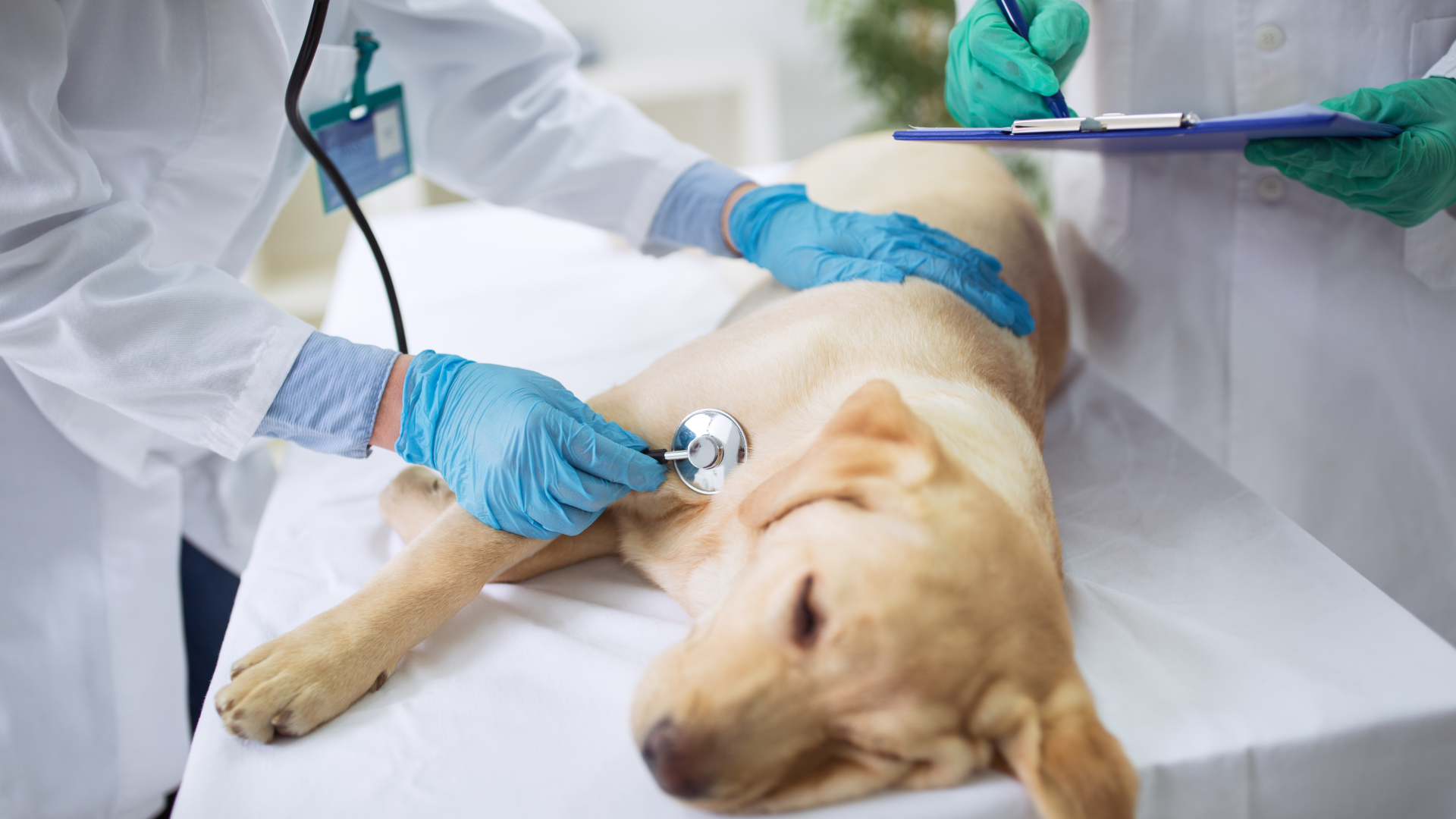Chances are we have a furry friend who is always there to comfort us on bad days and share life’s joys. If so, knowing how to keep them safe during emergencies is essential. That’s where pet CPR training comes into play! With this powerful tool, we can learn how to save lives one paw at a time.
In this blog post, we will explore the benefits of pet CPR training and why every pet owner should consider taking this course. So grab a favorite four-legged companion, and let’s dive into the world of lifesaving techniques for pets!
What is Pet CPR?
Pet CPR is a lifesaving technique that can be used on animals of all shapes and sizes. It’s simple to learn and can be performed in just a few minutes, so it’s perfect for reacting quickly to a situation. While it is not as effective as human CPR, it’s still an essential lifesaving skill to know. If we ever need to perform pet CPR, get certified in accordance with guidelines from our local animal welfare organization.
How to Perform Pet CPR
Pet CPR is the perfect way to learn how to save a life! We and our pet can perform basic CPR on someone who has stopped breathing with proper training. The American Red Cross offers a Pet First Aid class that covers all pet CPR basics. After completing this class, we can administer chest compressions and rescue breaths to help a pet friend reach safety. If we’ve ever been around a pet who has had an accident, we know just how important it is to have basic CPR training. Pet CPR can be as effective as human CPR in saving a life.
Here’s how to perform pet CPR:
- First, make sure the pet is breathing. If the pet is not breathing, start mouth-to-mouth resuscitation.
- Next, put both hands on the pet’s chest and push down hard with enough force to expel air from the lungs. Stick one’s nose close to the pet’s nose and exhale sharply through the mouth. This will help inflate the lungs.
Repeat this process until the pet starts breathing again or until help arrives. If one cannot perform pet CPR, ask someone else to help.
The Benefits of Pet CPR Training
When a pet experiences cardiac arrest, it can be shocking and frustrating. But with proper training and protocol, pet CPR can significantly help save a life. In fact, according to the American Heart Association (AHA), pet CPR is just as effective as human CPR when it comes to rescuing people from heart attacks and other cardiac emergencies.
Here are some of the critical benefits of pet CPR training:
- Pets are often able to provide vital breath support for people who have stopped breathing.
- Dogs and cats naturally tend to trust humans, making them easier to work with than other animals such as horses or rabbits.
- Pet owners learn how to provide basic cardiopulmonary resuscitation (CPR) instructions while their pets are still with them and are less likely to be stressed out or panicked during an emergency.
- Pet CPR is relatively easy to learn, even for those without medical training. There is no need for expensive equipment or special facilities.
- Pet CPR can be administered anywhere at home, outdoors, or in a car, making it a versatile tool for anyone who needs it in an emergency.
- Pet CPR can be a powerful reminder to keep our pets safe and healthy.
- Pet CPR is a great way to create a sense of community among pet owners and to teach children about CPR in an easy and fun way.
If we or someone we know is ever in a cardiac emergency, remember that pet CPR training is an essential tool at one’s disposal.
Risks Involve With Pet CPR
There are many risks associated with performing CPR on a pet. One of the most significant risks is that a pet may bite the rescuer, resulting in severe injury or even death. Pets are also unpredictable and may not respond well to distractions during CPR. Finally, pets often have low heart rates, making compressions less effective.
To minimize the risk of injury while performing CPR on a pet, it is essential to have proper training. The American Heart Association offers guidelines for performing basic pet CPR instructions and steps for responding to a pet cardiac emergency. In addition, animal welfare organizations like the SPCA offer free CPR classes for pets.
While there is always a risk when performing CPR on a pet, following these guidelines can help reduce the chances of injury or death.
Learn Pet CPR Today
As pet owners, we know how important it is to have our furry friends nearby when something goes wrong. Unfortunately, accidents happen, and sometimes pets need CPR training to be saved. Pet CPR training not only saves lives but can also prevent further injuries and save valuable time on the medical team.
If we ever had to do emergency CPR on to pet, this article is for each of us! We’ve outlined everything needed to know about the process and provided tips on training a pet for lifesaving action.

